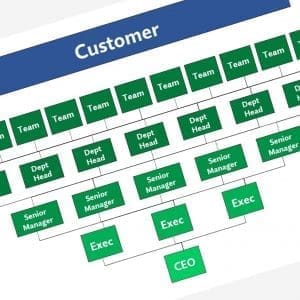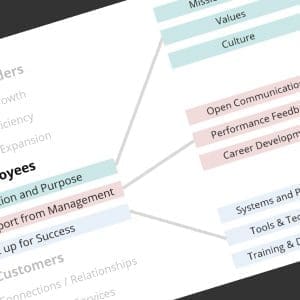
Lots of good conversations recently about managing IT, Finance, and other constrained resources for projects. We have implemented tools to model available time; when trying to understand what new work can get added to the pile, it helps immeasurably when you understand how much time you have available, plus what else has been committed.
This has become a powerful process for managing chronically constrained resources – but one side effect is that other folks on the team can find themselves less-than-fully-committed. Note that I don’t say available or loaded with free time – most will readily agree that there is always something to work on. The trick is finding the right thing to work on.
I am reminded of something I read about in Goldratt’s The Goal; among other things, it observes that when optimizing a production line, it’s entirely probable that we will be underutilizing one or more workstations. If we optimize every workstation (point optimization), we will be building up inventory, and generating waste. For people on our IT team, “building inventory” means working on stuff that is of low priority, or creating new projects or tasks that are on someone else’s To-Do list – things that they just can’t get to.
These folks must go on idle – they have some free time! Unfortunately, it’s very hard for most people to allow themselves to actually be idle, or even appear underutilized (… if I’m not working like crazy, they’ll think I’m not adding value …).
Of course, time is precious, and you don’t really want to be burning idle time. This “common sense” approach has a name – Productive Use of Free Time, or PUFT – and for enlightened IT teams, it’s an excellent opportunity to invest in themselves and their processes:
- investing time learning new technologies (self-directed study)
- structured cross-training to understand other technologies, especially for those areas that are constrained
- root-cause analysis to stomp out nagging bugs
- process automation to make those repetitive tasks a tad less monotonous
- process documentation to capture and transfer knowledge, and make systems & processes easier to support
Caveat: Work generated to fill in this time can sometimes become a “priority” for folks, who feel they simply must finish things before they can get back to their high-priority project work. I think that some people just don’t like to leave things undone, work-in-process to come back to them later. This PUFT approach adds real value when you can leave things undone for a bit, and pick them up when you have time – it also teaches you to document things as you go, so you can effectively pick things back up again.





Comments (0)